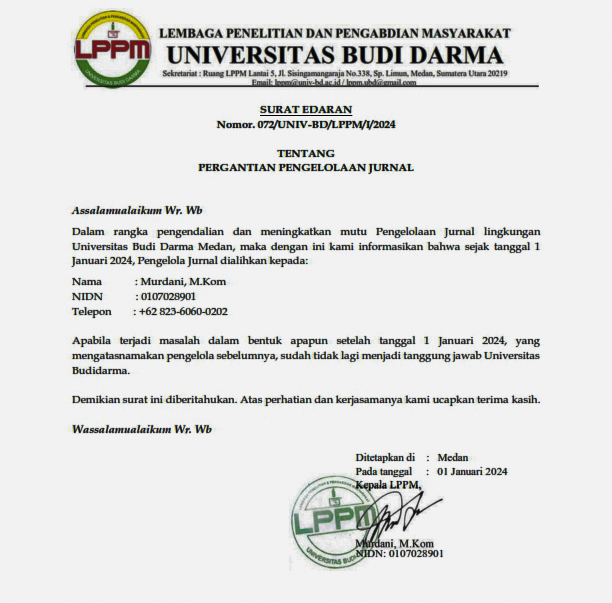Hybrid DAC-GA and K-Means for Spatial Clustering of Stunting Risk in North Sumatra
DOI:
https://doi.org/10.30865/json.v7i1.9071Abstract
Stunting continues to pose a severe global health concern, particularly in Indonesia, where prevalence rates persist above international standards despite recent advances in reduction initiatives. Accurately documenting the regional variation of stunting is critical to facilitate targeted interventions and successful policymaking. This paper offers a hybrid clustering framework that merges the classic K-Means approach with the Dynamic Artificial Chromosomes Genetic approach (DAC-GA) to increase the resilience and reliability of spatial analysis. The dataset used combines demographic and population statistics from the Central Bureau of Statistics (BPS), strategic policy documents from the Regional Medium-Term Development Plan (RPJMD) of North Sumatra, and health indicators including stunting prevalence data from the Ministry of Health of the Republic of Indonesia.
The research approach consists of four primary phases: data preparation, clustering model construction, cluster evaluation, and geographical visualization. Three evaluation metrics Sum of Squared Errors (SSE), Davies–Bouldin Index (DBI), and Silhouette Coefficient were applied to validate clustering performance. Results demonstrate that DAC-GA dynamically determined the ideal number of clusters at k=2 in just 1.171677 seconds, classifying Kota Medan and Deli Serdang into the low-risk cluster, while all other districts were consistently put into the high-risk cluster. Both DAC-GA and standard K-Means yielded similar spatial maps, giving significant methodological validation and strengthening the dependability of the findings. The study reveals not just the technical advantages of DAC-GA in maximizing clustering but also its practical utility in guiding spatially targeted health interventions. Future research is recommended to add dimensionality reduction utilizing Principal Component Analysis (PCA) to improve computing efficiency and enhance the interpretability of clustering results.
Downloads
Published
How to Cite
Issue
Section
License

This work is licensed under a Creative Commons Attribution 4.0 International License
Authors who publish with this journal agree to the following terms:
- Authors retain copyright and grant the journal right of first publication with the work simultaneously licensed under Creative Commons Attribution 4.0 International License that allows others to share the work with an acknowledgment of the work's authorship and initial publication in this journal.
- Authors are able to enter into separate, additional contractual arrangements for the non-exclusive distribution of the journal's published version of the work (e.g., post it to an institutional repository or publish it in a book), with an acknowledgment of its initial publication in this journal.
- Authors are permitted and encouraged to post their work online (e.g., in institutional repositories or on their website) prior to and during the submission process, as it can lead to productive exchanges, as well as earlier and greater citation of published work (Refer to The Effect of Open Access).





